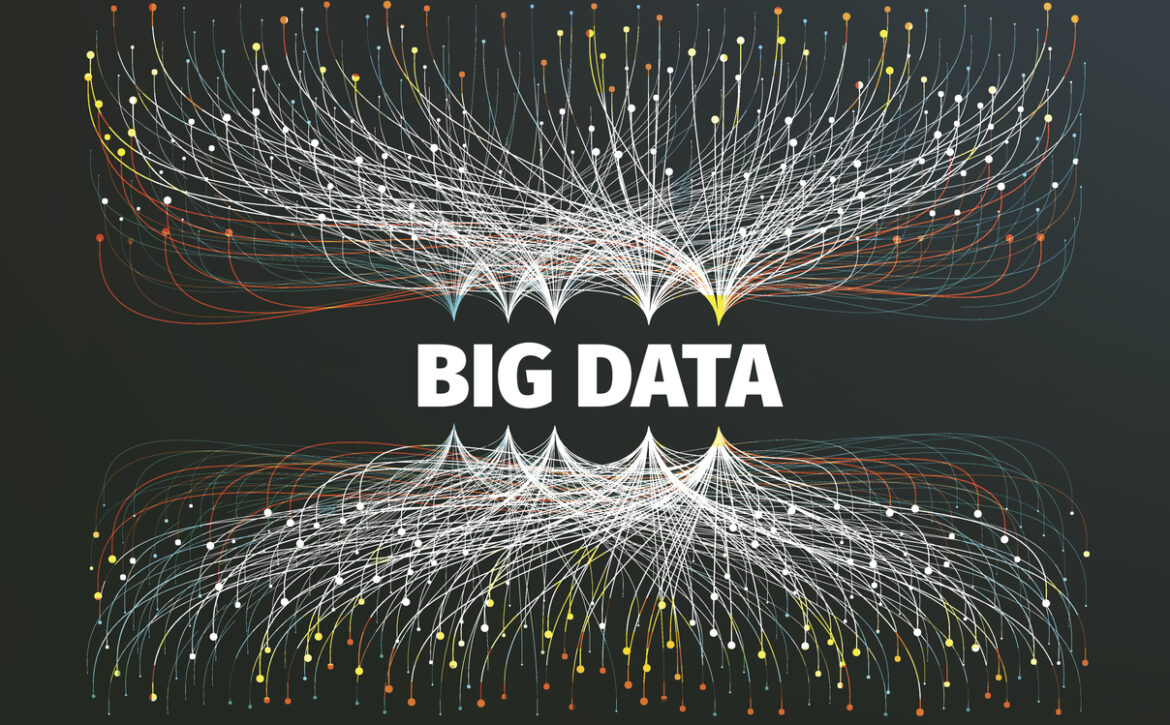Data at the Helm: Steering Community Banks Towards Innovation
By Xav Harrigin-Ramoutar
The financial sector is rapidly transforming, fueled largely by digitalization that is reshaping how banks operate and interact with their customers. This shift towards digital solutions is not just about adopting new technologies; it’s about fundamentally changing the approach to banking—from transactional relationships to personalized customer experiences. In this context, data-driven marketing emerges as a critical strategy for community banks aiming to remain competitive and relevant. This blog explores how leveraging data can revolutionize community banking, enhancing customer engagement, and enabling banks to offer more targeted, efficient services that meet the evolving expectations of today’s consumers.
The Power of Data-Driven Marketing
Data-driven marketing represents a monumental shift in how community banks approach customer engagement and product development. By analyzing vast amounts of data, banking providers can gain deep insights into individual customer preferences, behaviors, and financial needs. This understanding allows for the customization of services and offerings to match the unique requirements of different customer segments, transforming the banking experience into one that is highly personalized and customer-centric.
For instance, by leveraging data analytics, a bank can identify customers who may benefit from specific financial products. A young family might receive personalized offers for college savings accounts or home mortgage options, while a retiree could be targeted with retirement planning services or estate management products. Data can also reveal less obvious needs, such as a sudden interest in travel insurance if transaction data shows recent international flight bookings.
Moreover, community banks can use these insights to refine their service delivery models. For example, data might show a high preference for mobile banking among millennials, leading the bank to enhance its mobile app’s features and usability. Alternatively, transactional data analysis could help banks identify peak times for certain services, allowing them to optimize staff allocation to improve in-branch service experiences.
The adoption of data-driven strategies thus enables banks to not only tailor their products and services but also to anticipate customer needs, thereby ensuring relevance and timeliness in their offerings. This personalized approach not only meets customer expectations but also fosters loyalty and increases customer lifetime value, driving long-term success for the bank.
Empowering Community Banks with Advanced Tools
Micronotes’ Growth Opportunities Analysis serves as a powerful catalyst for innovation within community banks by equipping them with sophisticated tools to leverage big credit data more effectively. This platform utilizes analytics and customer segmentation to transform vast amounts of data into actionable insights, enabling banking providers to not only understand their current customers better but also to predict future behaviors and preferences accurately.
For example, Micronotes can analyze transactional and behavioral data to identify prospects who could benefit by consolidating their credit card debt into a home equity loan based on current rates and individual financial behaviors. Using this insight, bankers can proactively offer refinancing options to these prospective accountholders before they start shopping around.
In another scenario, imagine a community banking provider in a region experiencing significant economic growth. By using Micronotes to segment the customer base into micro-segments based on income changes, spending patterns, and saving behaviors, the bank can tailor its investment products specifically for those who are newly coming into wealth. This targeted approach ensures that the bank’s offerings match the emerging needs of its customer base, enhancing both service relevance and customer engagement.
Furthermore, Micronotes’ capabilities enable community banks to streamline operations by automating routine customer interactions. For instance, the platform can trigger personalized email or mobile notifications for routine account updates or promotional offers based on the customer’s preferred communication channel and history of interactions, thereby reducing manual efforts and increasing operational efficiency.
Through these examples, it’s clear that Micronotes not only helps community banking providers enhance their customer service but also encourages a culture of innovation by enabling banks to utilize data in new and impactful ways.
Advanced Technologies and Personalization at the Forefront
The future of community banking is poised to be shaped by the integration of advanced technologies like AI and machine learning, spearheading a new era of personalized and proactive banking experiences. In this future, community banking providers will leverage tools like Micronotes to not only understand customer needs but to anticipate them, offering solutions before customers even realize the need themselves.
Imagine a scenario where Micronotes is integrated with digital banking apps and customer management systems, creating a seamless ecosystem. This interconnectedness ensures that insights derived from one platform inform the functionalities of others, providing a holistic view of each customer. Such integration enables the delivery of real-time, personalized financial advice directly through mobile banking apps, enhancing customer engagement and satisfaction.
This visionary approach puts personalization at the forefront, where community banks can offer not just services but tailored financial journeys, making banking not only more responsive but also more intuitive to individual customer needs.
The Road Ahead: Community Banking and the Journey Towards Data Integration
The integration of data-driven strategies through tools like Micronotes represents a transformative shift for community banks. By embracing these advanced technologies, banks can enhance customer experiences through personalization and proactive service, leading to increased loyalty and competitiveness. Community banking CEOs are encouraged to view these innovations not just as tools, but as essential investments in the bank’s future. The adoption of such strategies will not only keep banks relevant in a digital age but also forge stronger, more responsive relationships with customers, securing long-term growth and success in an increasingly competitive market.


